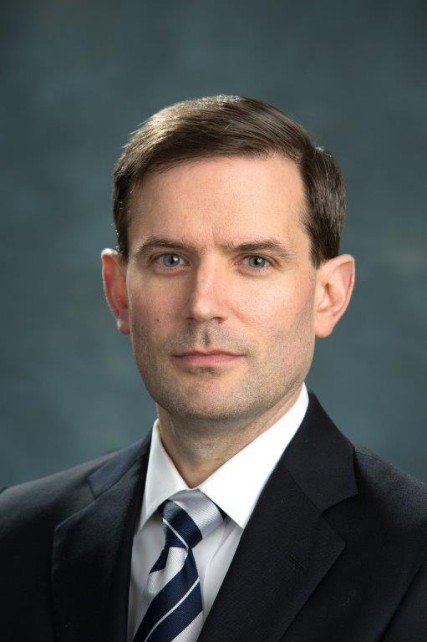- Video Library
- Andrew Glass, Vivasure Medical - Advanced Polymer Implants | LSI Europe '22
Andrew Glass, Vivasure Medical - Advanced Polymer Implants | LSI Europe '22

Andrew Glass
Andrew has extensive leadership, commercial operations and product development experience in the medical technology and cardiovascular fields. Previous to Vivasure he held senior leadership roles at Abbott Laboratories for over fifteen years, most recently as regional director at Abbott Vascular where he was responsible for the commercial operations for thirteen European countries. Andrew also served in senior leadership positions in general management, business development, and marketing in Europe, Asia-Pacific, and the United States. Andrew has an MBA from the Harvard Business School and a BSE in Chemical Engineering from Princeton University.
Andrew Glass
Andrew has extensive leadership, commercial operations and product development experience in the medical technology and cardiovascular fields. Previous to Vivasure he held senior leadership roles at Abbott Laboratories for over fifteen years, most recently as regional director at Abbott Vascular where he was responsible for the commercial operations for thirteen European countries. Andrew also served in senior leadership positions in general management, business development, and marketing in Europe, Asia-Pacific, and the United States. Andrew has an MBA from the Harvard Business School and a BSE in Chemical Engineering from Princeton University.

17011 Beach Blvd, Suite 500 Huntington Beach, CA 92647
714-847-3540© 2025 Life Science Intelligence, Inc., All Rights Reserved. | Privacy Policy







